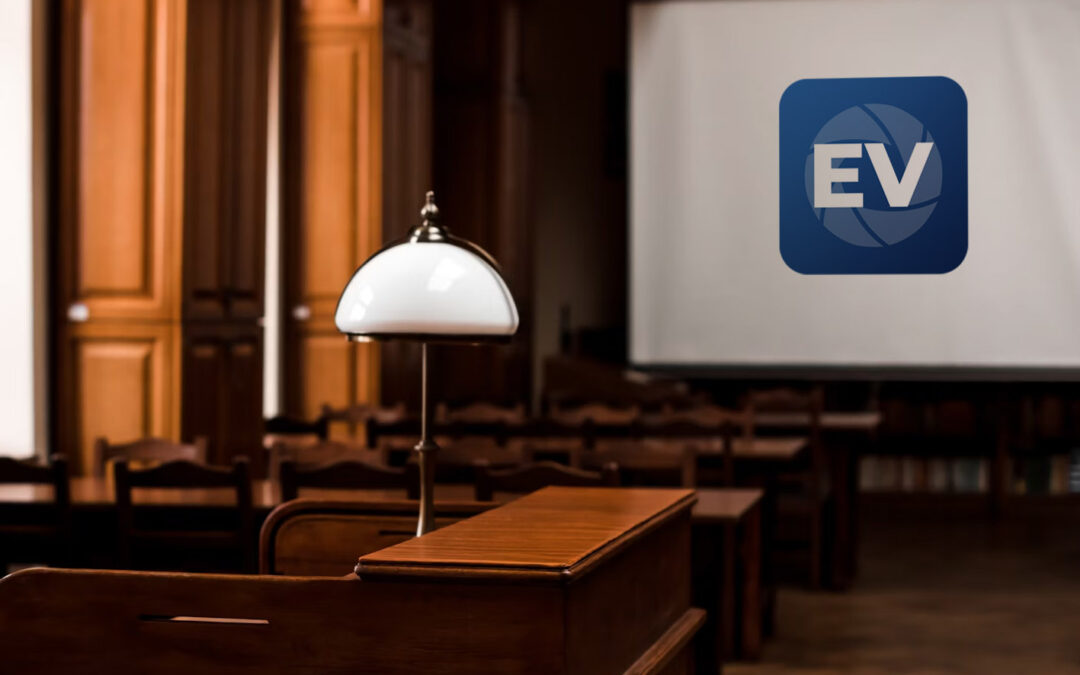How Test Presentations Enhance Your Disagreement and Encourage Jurors
Test presentations offer as a pivotal system for enhancing legal disagreements and convincing jurors. The strategic use of visuals not just makes clear complicated information yet additionally captures jurors' attention extra properly than words alone.

Significance of Aesthetic Help
Aesthetic help play a critical duty in boosting the effectiveness of trial presentations, as they can significantly enhance audience engagement and retention of details. In the context of a test, where jurors are tasked with processing complicated information, visual aids offer to simplify and clarify bottom lines. Charts, charts, and pictures can communicate data and concepts that might otherwise bewilder or puzzle jurors, permitting a much more simple understanding of the evidence presented.
Additionally, visual aids aid in keeping juror attention throughout the procedures. By damaging the dullness of spoken testimony, these tools can stress crucial arguments, making them extra unforgettable. Efficient visual aids can additionally evoke psychological responses, which can be crucial in persuading jurors to line up with the speaker's story.

Crafting Engaging Stories
An engaging story is crucial in test discussions, as it acts as the foundation of efficient persuasion. It allows attorneys to weave with each other truths, evidence, and psychological elements into a systematic tale that resonates with jurors. This narrative structure allows jurors to understand the intricacies of the situation while leading them through the lawyer's disagreement.
To craft an engaging narrative, lawyers need to concentrate on quality and coherence. Furthermore, the usage of vibrant summaries can develop mental pictures that help jurors picture the occasions, making the story much more unforgettable.
In addition, incorporating vital motifs throughout the discussion enhances the core message and aids in retention - trial presentations. The narrative ought to not only share details yet additionally stimulate a feeling of justice, highlighting the stakes involved. Inevitably, their explanation a sound narrative promotes a connection between the jurors and the instance, positioning the lawyer's argument as both credible and engaging, thus enhancing the chance of a desirable judgment

Engaging the Jury Psychologically
Effective jury involvement pivots on the attorney's capacity to attach with jurors on an emotional degree. This connection can substantially impact jurors' perceptions and their supreme decision-making.
Aesthetic help, such as pictures or video clips, can further improve psychological engagement, offering jurors with brilliant depictions of the instance's human elements. Crafting a story that highlights the battles and triumphs of the people entailed makes certain that jurors see past the legal arguments and acknowledge the human consequences of their decisions.
A lawyer's passionate shipment can reverberate with jurors, strengthening their psychological investment in the instance. It's essential to balance psychological appeals with factual proof, guaranteeing that jurors feel urged to act while staying grounded in the truth.
Structuring Your Discussion

The body of the discussion ought to be realistically segmented right into bottom lines, each sustained by compelling evidence. It is advantageous to use storytelling techniques to weave realities right into a story that jurors can conveniently comply with. Visual aids, such as graphes and video clips, can boost understanding and involvement, helping to highlight vital items of proof.
Real-World Study
Analyzing real-world study supplies important insights right into the art of test Check This Out discussions and persuasion. The site case of "O.J. Simpson v. Individuals of California" illustrates how aesthetic aids and engaging stories can sway jury perceptions. The protection group properly used a method that combined top-level professional testaments with multimedia presentations, which astounded jurors and ultimately affected their decision.
One more notable example is the "McDonald's Coffee Instance," where the plaintiff's attorneys utilized graphic images of the injuries suffered by Stella Liebeck. trial presentations. This plain visual evidence played a critical role in sharing the intensity of her burns, causing a have a peek at these guys substantial court honor. Such situations demonstrate that impactful trial presentations frequently depend upon the efficient combination of visuals and storytelling to evoke psychological feedbacks from jurors
In addition, the "Casey Anthony Test" highlighted the relevance of narrative comprehensibility and reliability. The prosecution's failure to establish an engaging timeline lessened their influential power, emphasizing the need of a well-structured discussion. Examining these situations exposes that successful trial discussions call for critical preparation, psychological involvement, and the capability to resonate with jurors' values and beliefs.
Conclusion
Trial presentations dramatically improve disagreements and encourage jurors via the strategic usage of visual aids, engaging stories, and psychological interaction. A well-structured presentation balances emotional appeals with factual evidence, eventually reverberating with jurors' values.